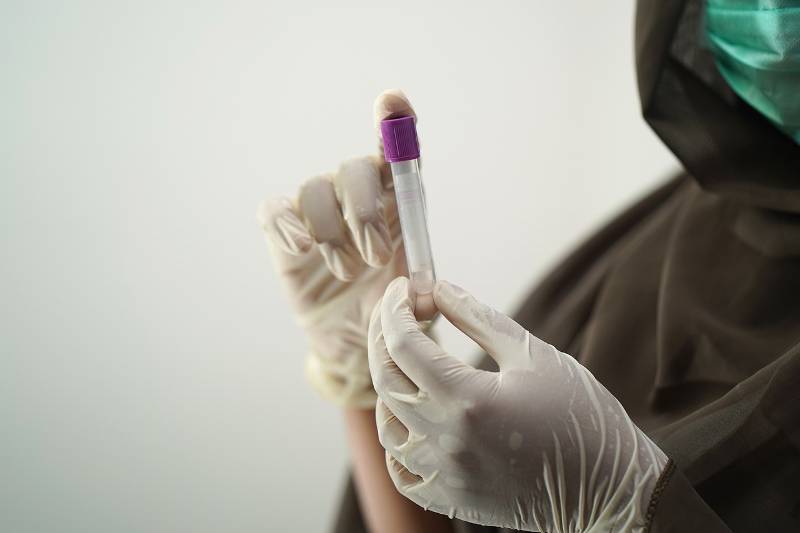A two-drug combination may help reduce methamphetamine use for up to 12 weeks after starting treatment, according to a clinical trial led by researchers at the David Geffen School of Medicine at UCLA.
The study, published in the journal Addiction, found that participants who received injectable naltrexone plus extended-release oral bupropion (NTX+BUPN) had a 27% increase in methamphetamine-negative urine tests, indicating decreased usage, compared to an 11% increase in the placebo group.
The findings offer hope for addressing the growing methamphetamine crisis, as there is currently no FDA-approved medication for methamphetamine use disorder. Overdose deaths from the drug have soared fivefold in the U.S. from 2012 to 2018, with similar increases seen in Canada and Australia.
“These findings have important implications for pharmacological treatment for methamphetamine use disorder. There is no FDA-approved medication for it, yet methamphetamine-involved overdoses have greatly increased over the past decade,” said Dr. Michael Li, assistant professor-in-residence of family medicine at UCLA and the study’s lead author.
Global Methamphetamine Use Continues to Rise
Worldwide, methamphetamine use has climbed from 33 million people in 2010 to 34 million in 2020. To address this ongoing crisis, the National Institute on Drug Abuse (NIDA) Clinical Trials Network has supported various trials, including the ADAPT-2 trial, to test the effects of different pharmacological treatments for methamphetamine use disorder.
The ADAPT-2 trial, carried out from May 23, 2017 to July 25, 2019 across eight trial sites including UCLA, involved 403 participants. In the first stage, 109 were assigned to the drug combo group and the rest to the placebo group.
Further Research Needed to Determine Long-Term Effectiveness
The latest findings represent the second stage of the multi-site trial, building on earlier results that demonstrated the two-drug combination’s effectiveness at six weeks. In this stage, researchers conducted urine tests on participants at weeks seven and 12, and again post-treatment at weeks 13 and 16, comparing the NTX+BUPN group with the placebo group.
While the study shows promise, the researchers emphasize the need for further research to determine whether the drug treatment effect lasts beyond 12 weeks and leads to additional reductions in methamphetamine use.
“Prior stimulant use disorder treatment trials suggest that change in use is gradual (consistent with our findings), unlikely to result in sustained abstinence in a typical 12-week trial, and dependent on treatment duration,” they write. “This warrants future clinical trials to quantify changes in MA use beyond 12 weeks and to identify the optimal duration of treatment with this medication.”
The study was funded by awards from the National Institute on Drug Abuse of the U.S. National Institutes of Health, the U.S. Department of Health and Human Services, the U.S. National Institute of Mental Health, and the O’Donnell Clinical Neuroscience Scholar Award from the University of Texas, Southwestern Medical Center.
If our reporting has informed or inspired you, please consider making a donation. Every contribution, no matter the size, empowers us to continue delivering accurate, engaging, and trustworthy science and medical news. Independent journalism requires time, effort, and resources—your support ensures we can keep uncovering the stories that matter most to you.
Join us in making knowledge accessible and impactful. Thank you for standing with us!

